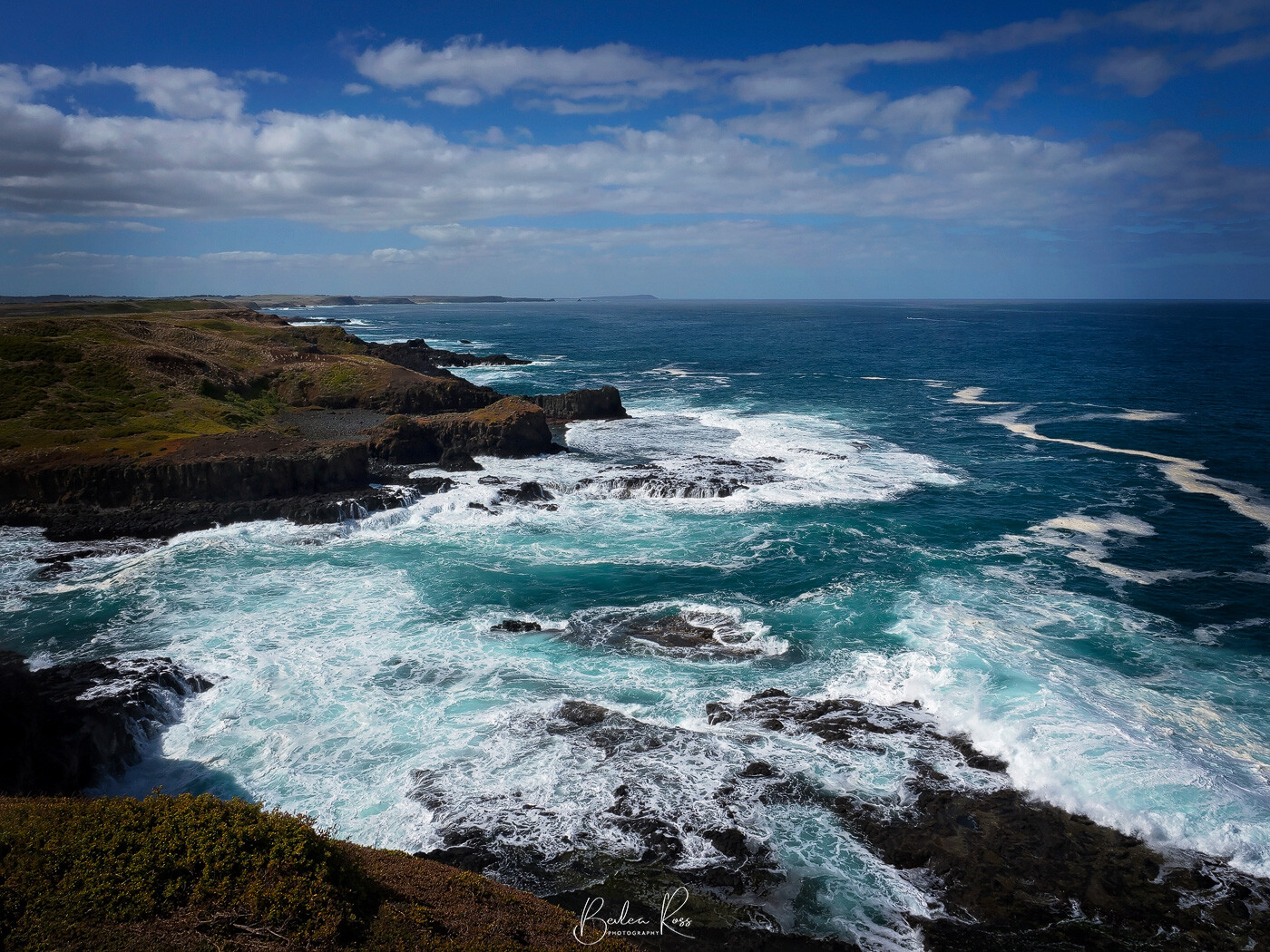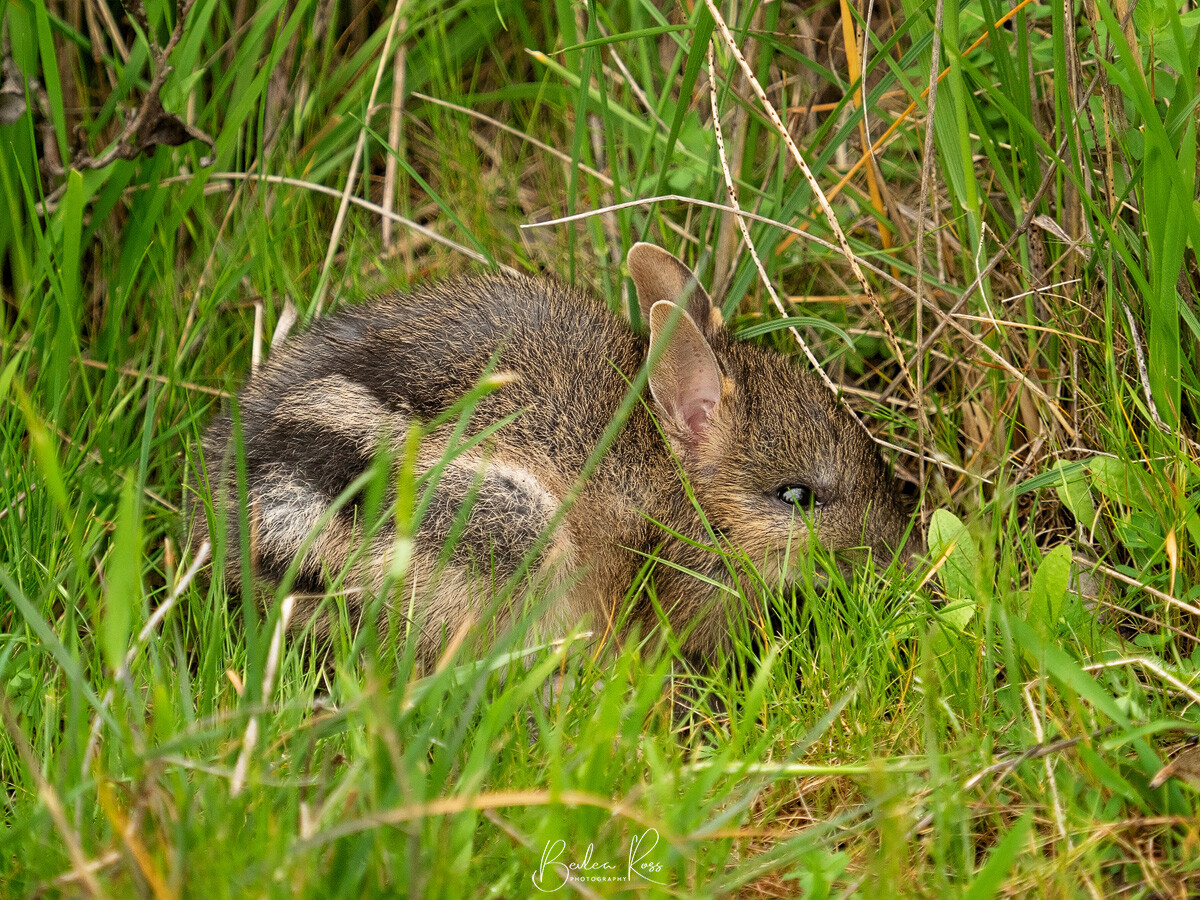Tag:phillip island
Summerlands at Phillip Island have been the natural habitat of Little Penguins for centuries. During the day, they venture out to catch fish and return to their nests on Phillip Island at the Summerlands Peninsula as night falls. Here, they incubate their eggs, care for their young, and shed their feathers. The spectacular sight of these penguins returning to their homes at sunset has been a popular attraction for over a century.
How it all began
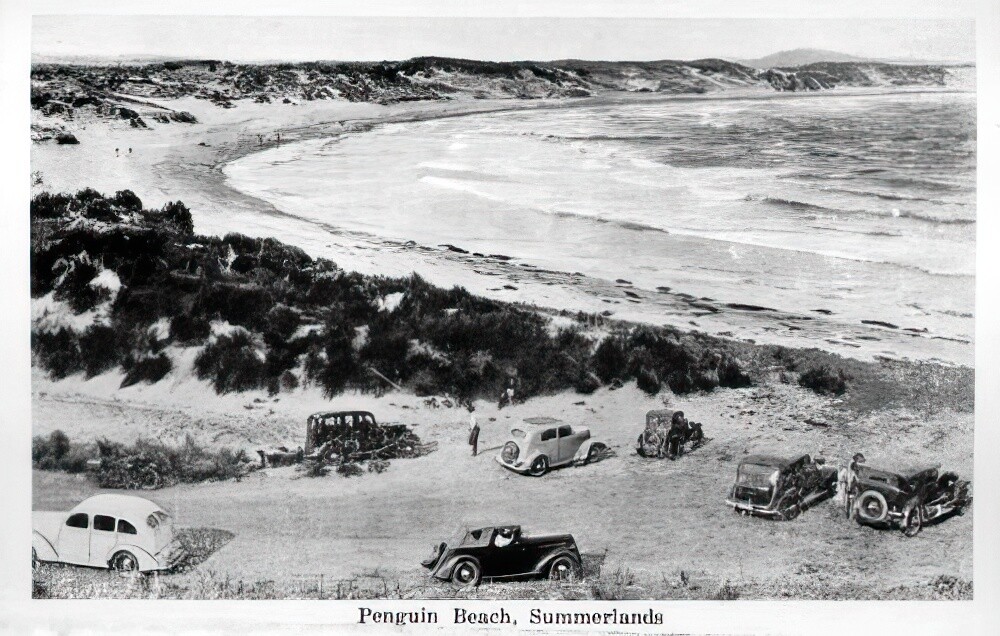
The story of Summerlands Beach and its beloved penguins dates back to the 1920s and three Phillip Island locals, Bert West, Bert Denham, and Bert Watchorn. The three Berts were the first to open the beach for organised penguin viewings. They greeted visitors getting off the ferry and offered personalised tours of Summerlands and Phillip Island for just five shillings a piece. For an extra shilling, you could get strawberries and cream.
In the 1940s, visitor numbers soared when the bridge from the mainland to Phillip Island was erected at San Remo. At this point, tourists began flocking to the pristine shores and started building houses around Summerlands Beach.
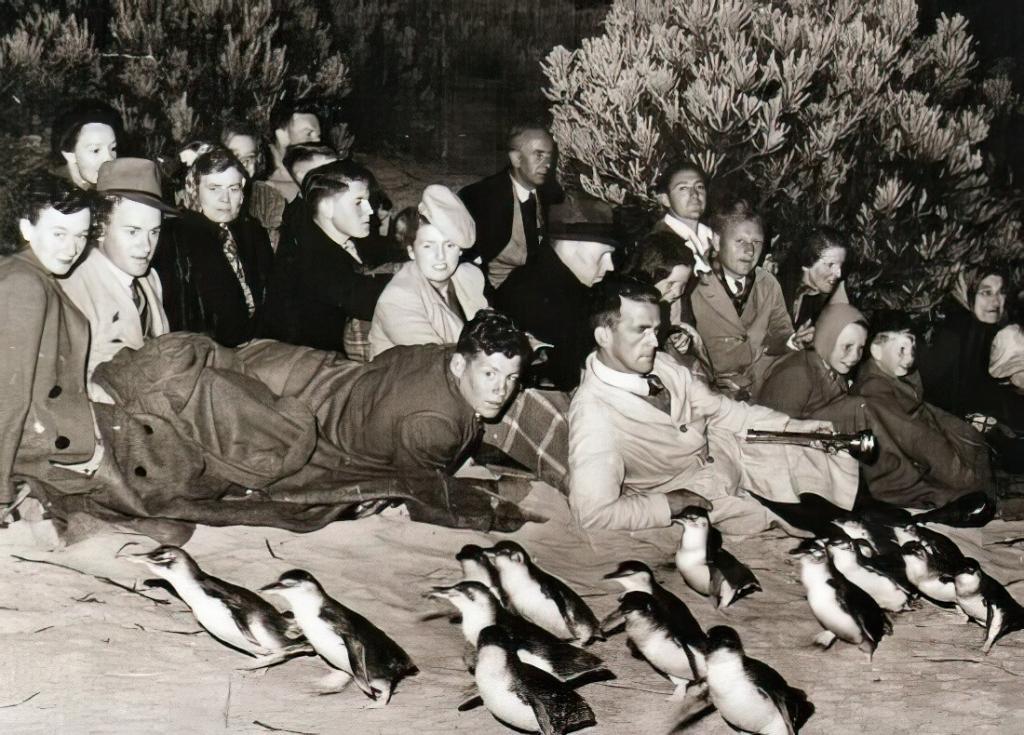
Prior to a formal sanctuary, beachgoers would pack their baskets and gear, heading to the shores to witness the enchanting sight of penguins emerging from the water. Although seemingly innocent, this practice took a toll on the penguins’ natural habitats and homes, as the influx of tourists disrupted their daily routines.

Summerlands Estate
During the 1920s, the peninsula was divided into 900 plots of land and named Summerlands Estate. It mainly consisted of exposed land bordered by steep cliffs that dropped into the Bass Strait. In the late 1940s, several families from Melbourne purchased plots and constructed simple fibro holiday homes.
Over time, the number of homes in the area grew to around 177 by the 1980s. However, this growth brought challenges, as dogs and foxes began endangering the penguin population, and road accidents became more frequent. As a result, the local penguin study group became increasingly worried about the declining penguin numbers. They feared the penguin colony wouldn’t survive if something wasn’t done.

More concerning, however, was the danger that the holidaymaker’s canine companions posed to the Little Penguins. The introduction of dogs to the area contributed to a significant drop in their population. Before long, all but one of the colonies on Phillip Island were decimated. Only the Summerlands colony remained. It became clear that a change in public behaviour towards these valuable creatures was necessary to avoid causing more harm.
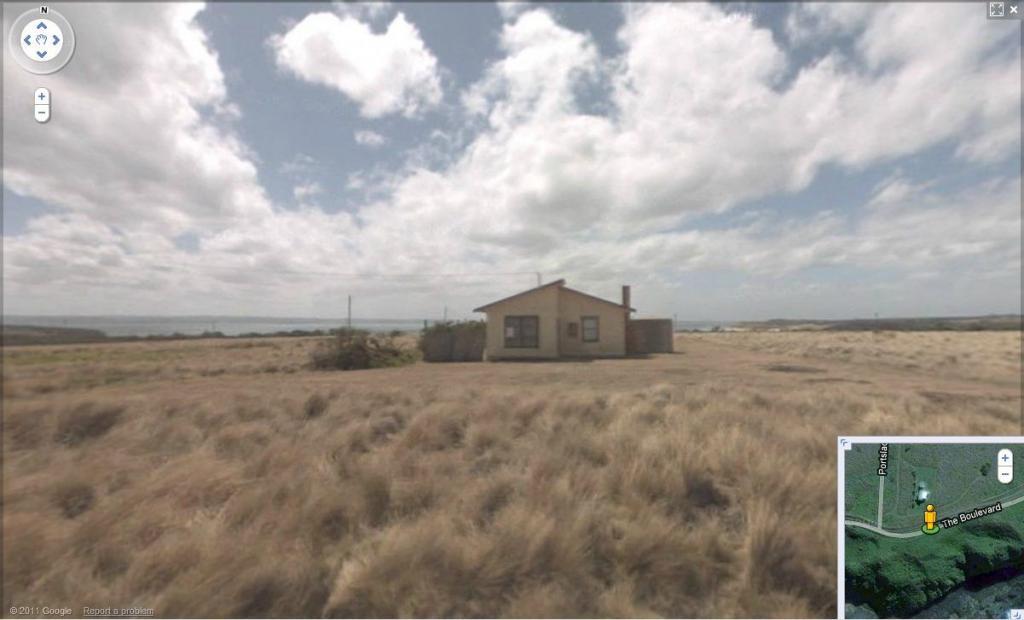
The Great Govt buy back
In July 1985, the state government, under the leadership of then-premier John Cain, made a groundbreaking decision. After much lobbying and discussions, they decided to purchase the entire Summerlands estate. They would buy back all 774 allotments and transform it into a wildlife reserve for the little penguins. Nevertheless, this decision brought about significant distress. Understandably, the residents of Summerlands were not pleased with this decision as it would end their community.
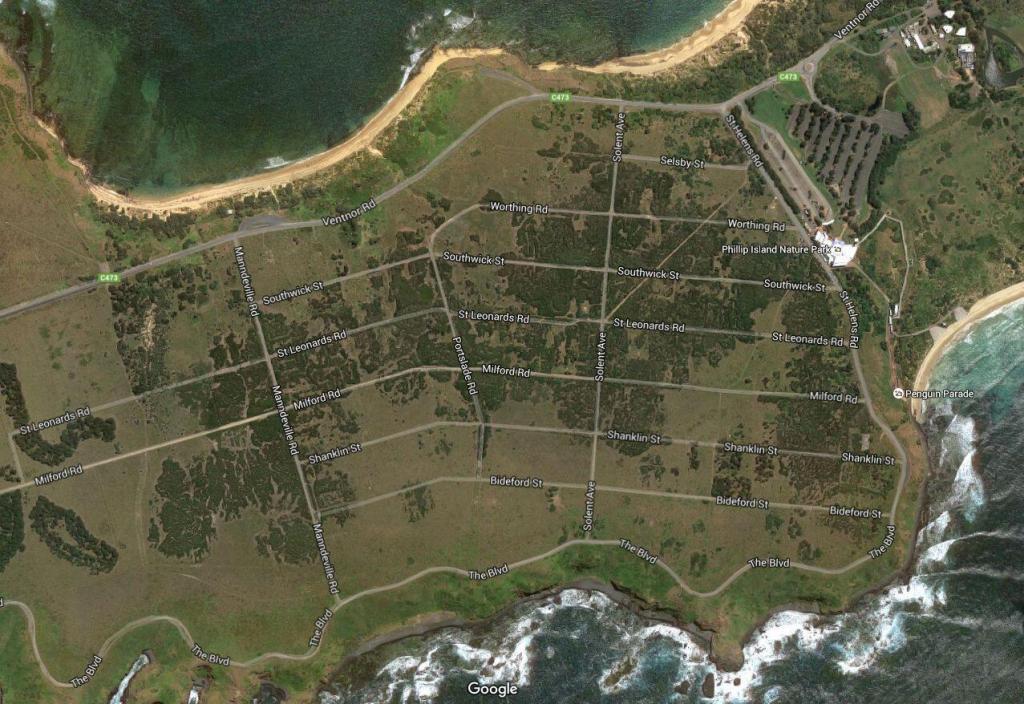
By 2007 there were just a few holdouts left. The government then compulsorily acquired the final 42 properties. Twenty empty blocks and twenty-two with houses, held by 34 private owners. After a tumultuous period, the buyback program finally ended in 2010, which many attributed to insufficient funding. During this time, the estate’s future was uncertain, and residents could not work on their properties, much to their dissatisfaction. After the completion of the buyback, all the houses were demolished or removed. The government then spent $3.4 million on a habit restoration program. They continue to install and maintain nesting boxes as well as pest control (eliminate foxes, feral cats and rabbits).
the Little (fairy) Penguins
Little penguins, also known as fairy penguins or Little Blue Penguins, are aptly named due to their small size, weighing just under a kilogram and being slightly larger than a bowling pin. They are the smallest among the 18 penguin species worldwide, and their blue and white feathers are unique to their kind. Along the coastlines of southern Australia and New Zealand, you can find little penguins. However, the largest colony and the last one located on Phillip Island is on Summerland Peninsula, with an impressive 40,000 breeding penguins.
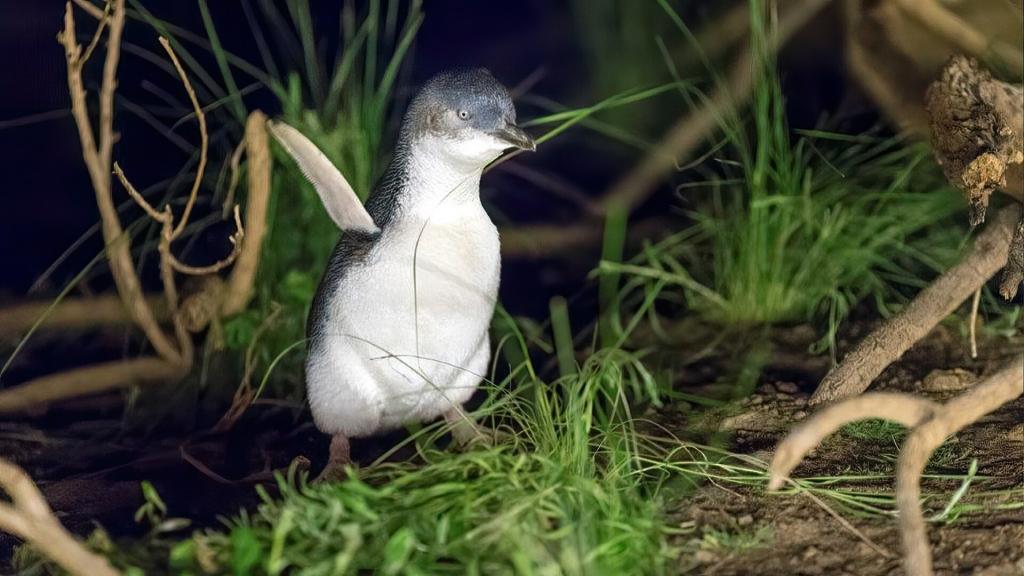
A win for the penguins
The buyback initiative has been deemed a significant victory for conservationists. It immediately resulted in a notable reduction in penguin fatalities from road or dog accidents. In the past, the penguin population was estimated to be between 12,000 to 14,000 in 1984. Fast forward to today, and it currently stands at approximately 40,000 breeding penguins. The region’s preservation has also positively affected other creatures, such as Short-tailed Shearwaters (aka mutton birds).
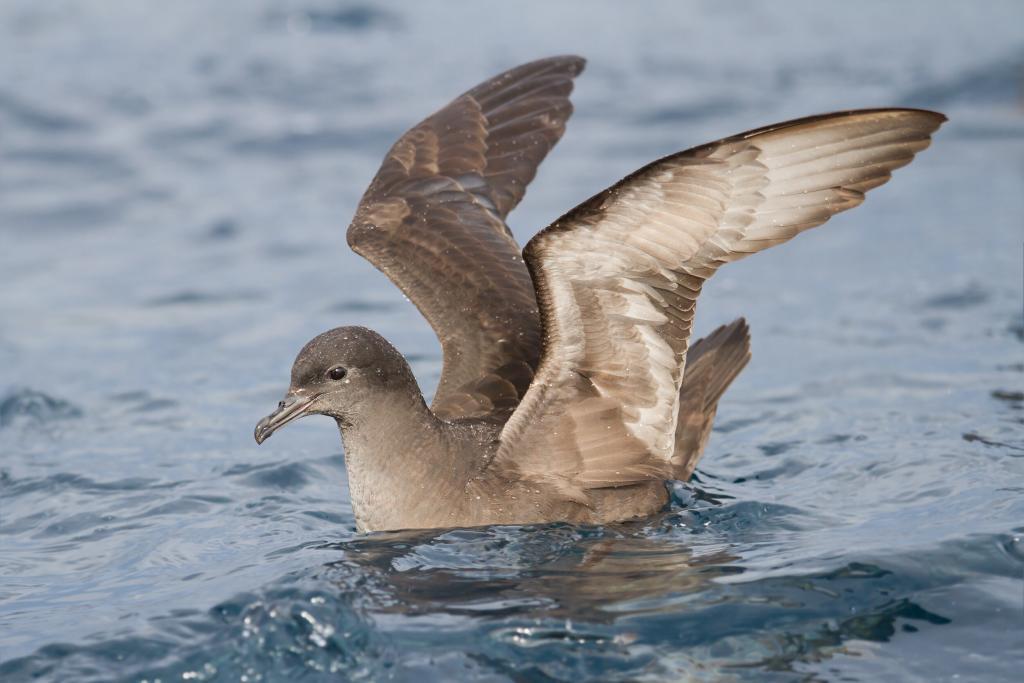
In another clash of progress and wildlife, the short-tailed Shearwaters are known to flock to the San Remo bridge lights during their migration. Therefore the bridge lights are switched off for a few nights around April 25 during the departure peak. Signs at either end of the bridge warn drivers of the changed traffic conditions.
Another win for conservation at Phillip Island has seen the recent release of the endangered Eastern barred bandicoot.
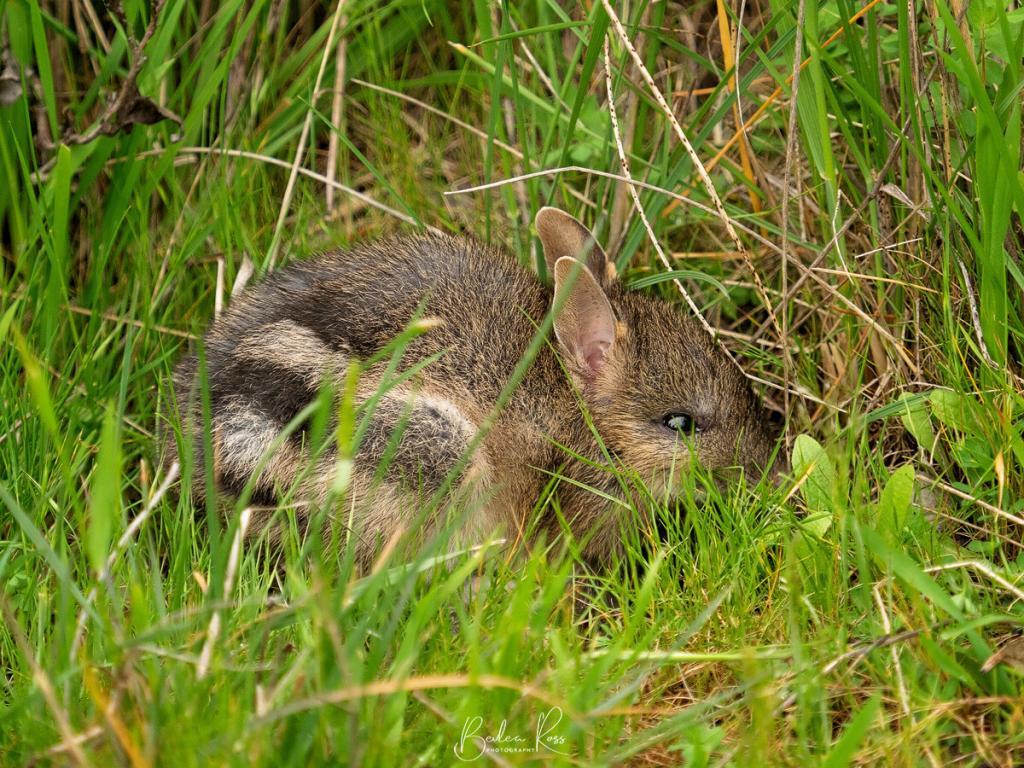
Facilities Today
At the main penguin viewing area, visitors can enjoy a 180-degree elevated platform that overlooks the coast. The penguins usually spend their day in the ocean hunting for food, so they only swim up to rest for the night. Returning at sunset from a long day of fishing, the penguins make their way up the beach to their burrows. The penguin parade platform is right along the sandy shore, offering guests a front-row seat as the penguins waddle up the sand.

There are ‘levels’ for those wishing to purchase tickets, with the top tier ticket being in the underground viewing section. This allows eye-level viewing of the penguins as they come ashore and the comfort of being inside, out of the weather. It does get freezing on the beach at night.
The Phillip Island Nature Park is one of the best eco-tourism facilities in the world, balancing scientific research and conservation with visitor education and unique wildlife experiences.
Renowned for its breathtaking landscapes and diverse wildlife, The Nobbies on Phillip Island is one of Victoria’s must visit spots. This area abounds in natural wonders, vibrant sea creatures, and pristine allure.
Located on the southwestern coast of Phillip Island in Victoria, The Nobbies is a popular tourist destination that offers a breathtaking view of Bass Strait.

Geological Marvel
The Nobbies is a remarkable headland that displays awe-inspiring views from the clifftops. Its stunning rock formations result from millions of years of natural forces at work. The area comprises basalt formations shaped by the relentless pounding of the Southern Ocean, creating a mesmerising landscape of sea cliffs, caves, and rock stacks. This geological wonderland attracts visitors from all around the world who come to marvel at its stunning natural beauty.

Marine Life Extravaganza
The Nobbies is more than just a geological wonder. It also boasts a thriving marine ecosystem with various plants and animals. The chilly waters surrounding the headland offer an ideal home for seals, penguins, and many seabirds. Likewise, nearby Seal Rocks are home to a sizable population of Australian fur seals, which delight visitors with their playful behaviour and elegant dives. These charming creatures enhance The Nobbies’ appeal and emphasise the island’s important role in safeguarding marine biodiversity.
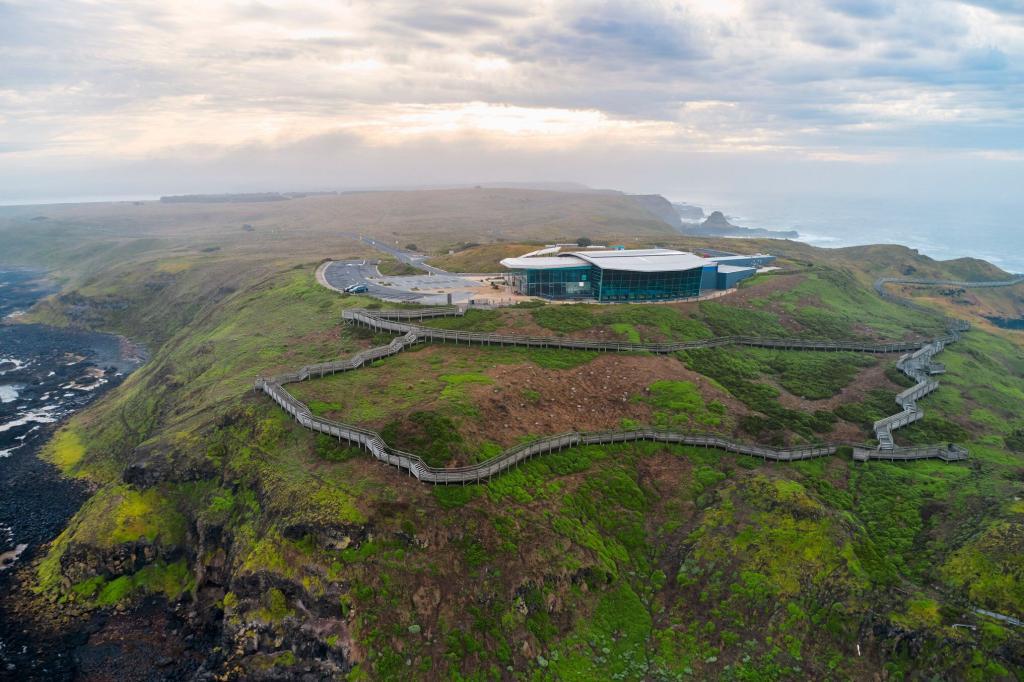
Penguin Parade
The Penguin Parade at The Nobbies is a significant draw for visitors. It’s an incredible sight at sunset as the hundreds of tiny penguins return to their burrows on Summerland Beach. Specially built viewing platforms allow visitors to watch these charming creatures waddle onto the shore after a day of hunting in the sea. This daily spectacle serves as a valuable educational experience, highlighting the importance of preserving the natural habitats of these vulnerable seabirds.
Please note that there is an entry fee for attending the penguin parade, and photography is prohibited. The reason provided for this rule is to avoid disturbing the birds, although some may argue that this is an exaggerated claim. Especially in light of there being numerous locations worldwide where penguins can be photographed without any negative impact on their well-being.
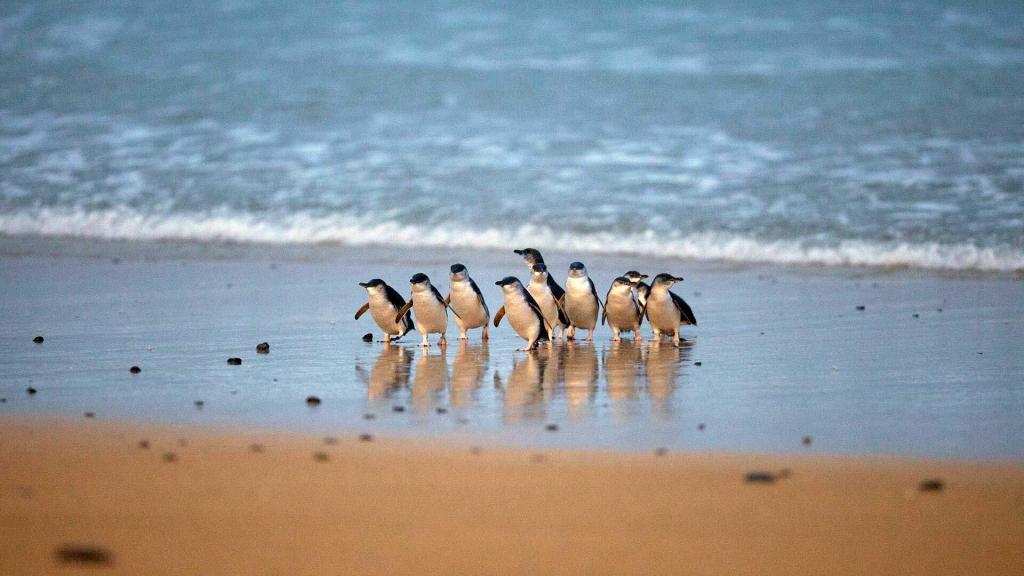
Conservation Efforts
The Nobbies and surrounding areas hold great ecological significance, and various conservation initiatives have been taken to protect and preserve this remarkable ecosystem. Parks Victoria has collaborated with local authorities and environmental organizations to implement strict regulations for site management. These measures include visitor guidelines, habitat restoration projects, and ongoing research to monitor the marine environment’s health. Phillip Island aims to balance tourism with conservation to maintain the delicate equilibrium between human enjoyment and preserving its natural treasures.
Fast Facts

- Entry toThe Nobbies is free
- Distance/Time – 800 metres return / 20 minutes return
- The easy, primarily flat timber boardwalk around the headland; however, the lower section has steps
- Ample parking at Nobbies Centre (sealed) car park
- Designated Accessible Parking and toilets available
- Suitable for Wheelchairs for approx first 800m of timber boardwalk in the upper-level Pram friendly
- Bicycles and Dogs not permitted
The state of Victoria, located in southeastern Australia, is known for its varied ecosystems and exceptional wildlife. One of its remarkable inhabitants is the Eastern Barred Bandicoot (Perameles gunnii), a small marsupial species believed to have been extinct in mainland Australia since 1991. Recently, however, it has become the first Australian species to have its conservation status revised.
Characteristics and Habitat:
The Eastern Barred Bandicoot is a small, stout marsupial that measures about 30 centimetres in length and weighs roughly one kilogram. Their distinct features include short, round ears and a pointed snout, while their fur colour ranges from sandy brown to grey, with white undersides and pale bars on their hindquarters, giving them their name.
Historically, Eastern Barred Bandicoots inhabited many grassland habitats across southeastern Australia, including Victoria. They primarily occupied the grassy woodlands, tussock grasslands, and open grassy plains that were once abundant in the state. These habitats provided ideal conditions for foraging on insects, spiders, plant tubers, and roots, which comprise most of their diet.
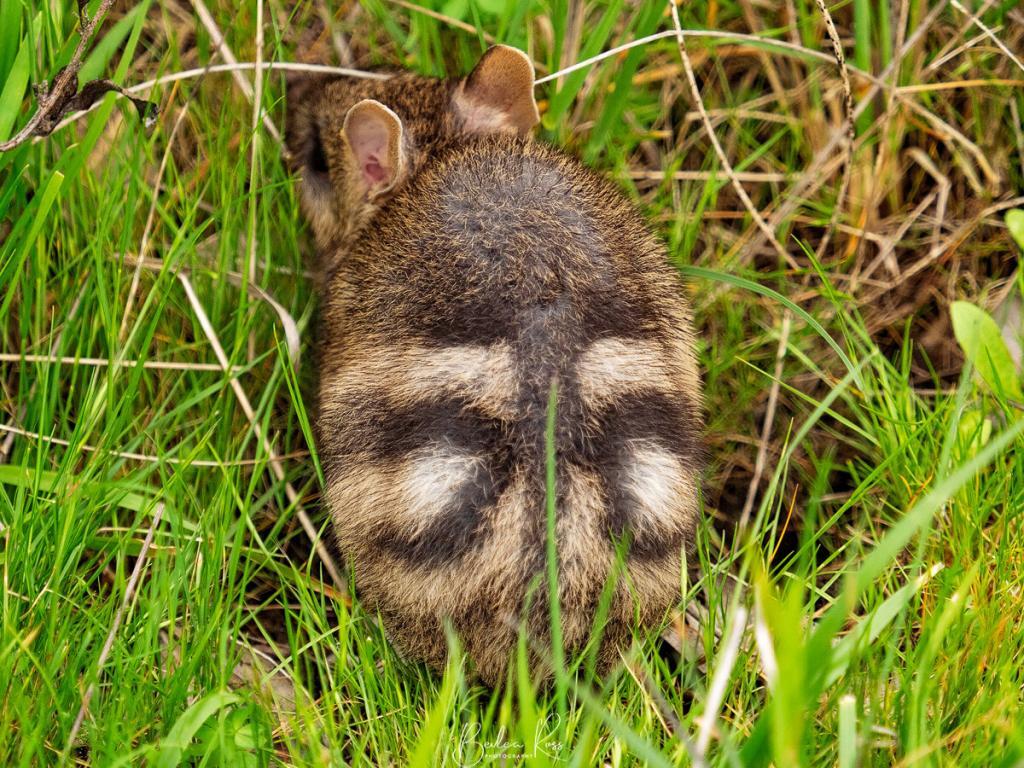
- When they dig for food, they create funnel-shaped holes.
- Under favourable conditions, they can produce up to five litters per year.
- Are pregnant for only 12 days before giving birth
- As omnivores, they have a diverse diet that includes invertebrates, plants, fungi, and fruit.
- On average, they weigh 800g and can measure up to 40cm in length, tail included.
Back from the Brink of Extinction:
Over the past century, the population of Eastern Barred Bandicoots has experienced a dramatic decline due to various factors. Agricultural and urban development activities have caused significant land clearance, which has resulted in damage and fragmentation of their natural habitat. This, in turn, has led to the loss of food sources for the bandicoots. Thus leaving them more susceptible to predators like foxes and feral cats. The number of these creatures dwindled to approximately 150 in a single area near Hamilton until conservation groups and government agencies created the Eastern Barred Bandicoot Recovery Team in 1988.
Conservation Efforts:
Recognising the urgent need to protect this unique species, dedicated conservation efforts have been undertaken in Victoria. Conservation organisations, government agencies, and local communities have collaborated to implement various initiatives to safeguard the Eastern Barred Bandicoot.
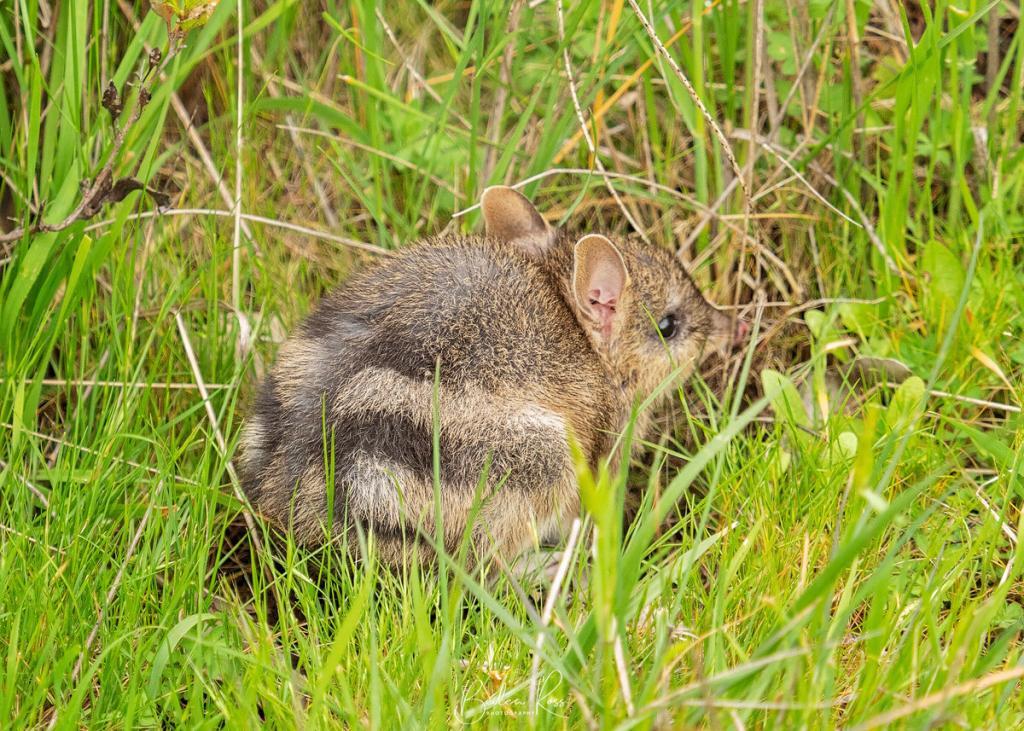
The eastern barred bandicoot remains on the endangered species list. However, new populations are thriving after successful breeding and release programs. One of the primary strategies has been the establishment of predator-free enclosures, also known as “safe havens.” These fenced areas protect them from introduced predators such as foxes or feral cats, allowing bandicoot populations to recover and breed in a controlled environment. The enclosures at Skipton and Dunkeld are carefully managed to ensure the bandicoots can access suitable habitats and sufficient resources. It is estimated that around 1,500 bandicoots live at these protected reserves in Victoria.
The third and final release of fifty-six bandicoots occurred on French Island in 2019. With no deaths reported, another eighteen were released.
Bandicoot Bodyguards
The bandicoot trials were planned in 2015, inspired by the success of the Middle Island penguin project depicted in the film “Oddball”. Maremmas were introduced to protect penguins from foxes, and it was hoped that they would also effectively safeguard bandicoots. Significantly, it was found that the bandicoots were not overly concerned by the presence of the dogs.
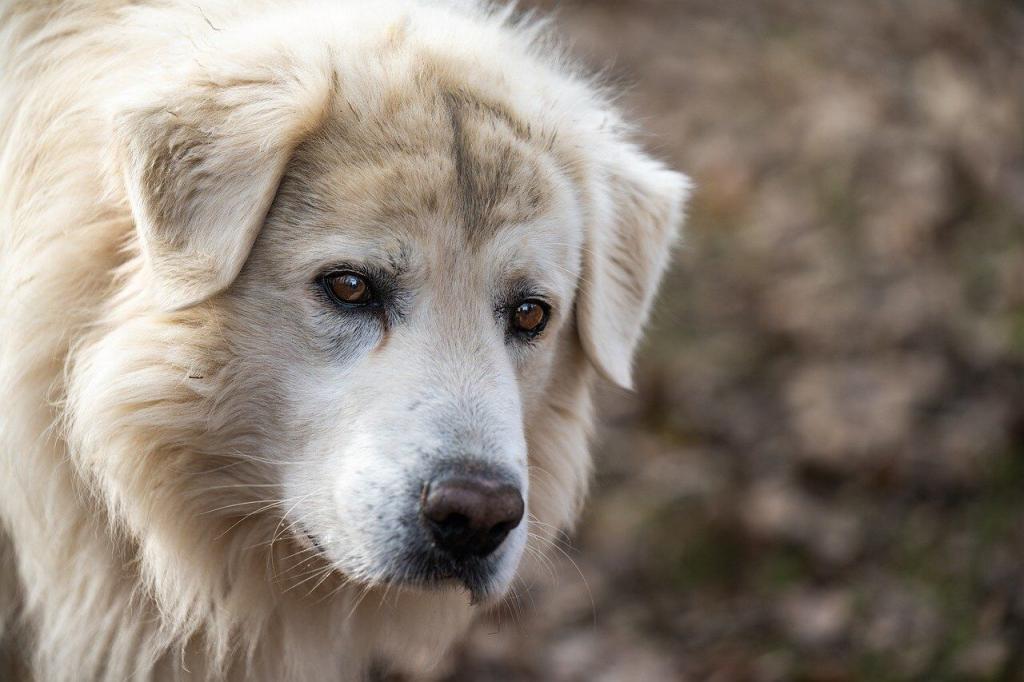
The challenge was that bandicoots are solitary and only active at night. On the other hand, the Maremma dogs are social animals that seek companionship. To overcome this challenge, a small flock of sheep was brought in as a potential solution. The idea is that the maremmas would focus on the sheep during the day and the bandicoots at night when the sheep are resting, thus meeting the dog’s social needs while protecting the bandicoots.
Currently, the Eastern barred bandicoots can only be found in two specific locations in mainland Australia, both enclosed by predator-proof fences. These sites are the only places where the bandicoots can live outside of captivity. Before this, the bandicoots were only found in the wild on multiple islands, such as Churchill and Phillip, where they were introduced to protect their species from extinction.
Importance of Conservation:
Preserving the Eastern Barred Bandicoot for Victoria’s biodiversity and ecological equilibrium is crucial. Being an endemic species, it serves a significant purpose in sustaining healthy ecosystems by dispersing seeds and regulating insect populations. Additionally, the bandicoot’s existence reflects Victoria’s grassland habitats’ overall health and wellness.
Efforts to conserve the Eastern Barred Bandicoot go beyond just protecting the species itself. These initiatives also play a role in preserving the habitats of other native wildlife and restoring the ecosystem services they provide. The conservation of the bandicoot is closely linked to larger environmental objectives such as preventing species extinction, safeguarding biodiversity, and promoting ecological resilience.
The Cape Barren goose (Cereopsis novaehollandiae) is a large, flightless goose native to Australia. It is one of the rarest of the world’s geese, found only in southern Australia, with a large population on Phillip Island. The name comes from Cape Barren Island, where European explorers first sighted the geese. Their distinctive call is loud, deep, pig-like grunts or honks. The male makes a noisy, harsh ‘ark, ark-ark, ark-ark’ while their young make reedy whistles.
Appearance

Their unique grey plumage bears rounded black spots. The tail and flight feathers are blackish, with pink to deep red legs and black feet. In addition, the stubby triangular beak and green cere (skin above the beak) give it a very peculiar expression. Males of this species are slightly larger than females. While the Cape Barren goose has webbed feet, they are significantly less webbed than ducks, allowing them to spend long periods on land.


The Cape Barren Goose can be found across southern Australia. Their preferred habitat is water, such as lakes, dams, lagoons, swamps and rivers. Being herbivores, they graze predominantly on common tussock grass, spear grass, herbs, succulents, pasture grasses, barley, clover, and legumes. Like many seabirds, Cape Barren Geese can drink salty or brackish water; this allows them to remain on offshore islands all year round.
Breeding
The Cape Barren Goose breeds on the offshore islands of Australia and can be aggressive during the July to September breeding season. They lay their eggs in a nest in the tussocks of open grasslands. The male builds the nest from grass and twigs and lines it with feather down. Each breeding pair establishes its territory in autumn, prepares the nest and defends it noisily against other geese. They are monogamous and bond for life. The female lays four to six eggs and incubates them for 35-40 days. Once hatched, both parents share the brooding duties.


Conservation Status
During the 1800s, the Cape Barren Geese were hunted for food and eggs. By the 1950s, the Cape Barren Goose numbers were so low that biologists feared they might be near extinction. As a result, initiatives were taken that since then have increased the goose population to a level where they are no longer considered endangered. However, they remain one of the world’s rarest geese and have been protected since the 1970s.

The Phillip Island population of 3000 cape barren geese started from six birds, introduced in 1984. Tasmania serves them in restaurants, while permits to shoot and eat them were made available in South Australia in 2000.

